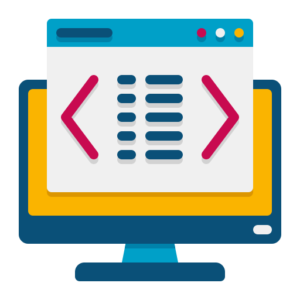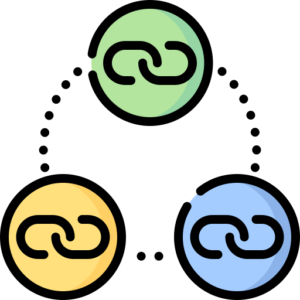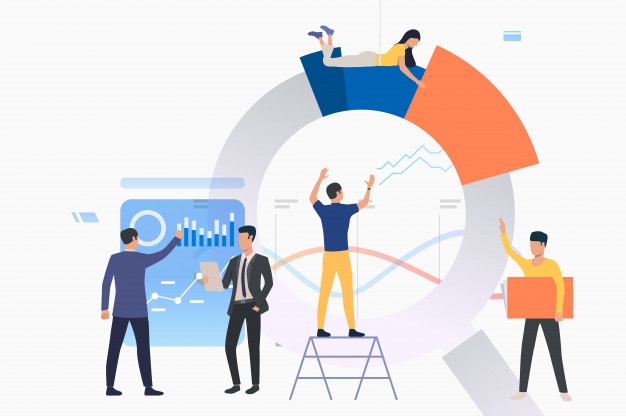According to apnnews.com 70% of digital marketers believe SEO marketing is more effective than PPC marketing.

When its comes to SEO, on-page SEO is the important factor for optimization.
What Is SEO?
SEO is the practice of enhancing your website’s visibility while users look for products or services related to your business in search engines.
What is On-Page SEO and Why Is It Important?
Are you thinking if on-page SEO is still profitable in 2021?
Indeed! On-page SEO factors are still helpful in improving ranking. Some of the important on-page SEO factors are below:
- Optimize Meta Tags
- Write SEO Friendly URLs
- Improve Internal Linking Structure
- Write SEO friendly Content
- Write SEO friendly Header Tags
- Improve Site Structure
- A Quick Recap Checklist
On-Page SEO Factors
Below is the list:
Optimizing Meta Tags:

Meta tags stands for both page title and meta description. But, before I proceed further, do you know “What exactly is a title tag?”
To display your website’s name in SERPs, the search engine has to know what your page is about.
Your page’s title or title tag appears in search results. An example is shown below:

It is advisable to use relevant keywords in the title tag of each page for making it simple to understand the website logic for search engine bot.
Next comes, Meta description, but what is it?
Meta Description
A site’s/ page’s meta description is the summary of your content that appears in SERPs just below the breadcrumb URL.

Meta description is a factor that helps readers learn about your web page. A best example of a meta description is below:

Best practices of meta description are:
- Include compelling ad copy in your description
- Maintain the length between 150-165 characters
- Avoid writing duplicate meta descriptions across pages
- Do not use double quotation marks in meta description
- Write short and crisp sentences
- Use CTA in the description
Now that you know optimizing title tag and meta description is important, next understand how to optimize the content.
URL Structure

While optimizing we should also ensure that the hierarchy of website URLs is seo friendly.
The following is a good example of URL structure:
www.XYZ.com/products/xyz-product
Internal Linking

All of us know that internal linking is an essential on-page seo factor for every search engine. But wait. Why is it essential? And how do we do it?
- Find out the ideal structure for your site
- Link to the most important and relevant content
- Include contextual links
- Ensure to link to the hierarchical pages
- Make sure to link to a related post section
- Add navigational links to the current page
- Do not include too many link in the introductory paragraph
- Add links to popular and relevant posts
Optimize your content for SEO
The content is called the king of a webpage. Only high-quality content makes it worthy of a search result position. As now you have understood that it is essential to write high-quality content, but do you know what does a high quality content consists of? Moving forward, I’ll be explaining that to you.
- Write your content for your audience (in the end, evaluate your work and see if you have answered all the questions which a user is looking for).
- Write relevant and unique content
- Avoid having grammatical errors
- Do not plagiarize your content
- Make sure the structure of your content is written in a flow
- Make eye-catchy headlines
- Use source and stats in the between of our content
- Use keyword-rich/ high-search volume relevant keywords
- Incorporate infographics and images in your content
- Use social media CTAs in your content
- Use primary keyword in first 100 words
Now, you must be wondering why is it important to have a primary keyword in the first 100 words.
According to Backlinko, Google gives more importance to the pages having targeted keywords that show up early on your page.
Write SEO friendly Header Tags

The H1 tag is as important as the title tag.
In fact, Backlinko has confirmed that using relevant and right header tag helps Google understand the structure of the page.
Now, your focus should not end with just optimizing your H1 tag. You also need to focus on the H2 tags. Always remember to add your relevant secondary keyword in at least one subheading.
For example, if “what is digital marketing” is your primary keyword, your relevant secondary keywords should be:
- What is seo in digital marketing
- What is digital marketing strategy

Next comes, site structure
Optimize your Site Structure

A good website structure means good user experience and better crawling . In this case, it is clear enough to understand that a good site structure will decrease the bounce rate and help to increase your site’s time spent on your webpage.
Steps to create a seo friendly site structure:
- Create a hierarchy of pages before you develop site
- Write compelling URL structure that follows your navigation hierarchy
For example: www.xyz.com/samsung/refregirator
- Create your site navigation in HTML or CSS.
- Create a header that lists your main navigation pages
- Develop a comprehensive internal linking structure.
Quick recap for optimizing on-page SEO:
On-page optimization factors you should focus on include:
- A short and crisp URL
- Create compelling title tags
- Come up with relevant and crisp meta descriptions
- Focus on relevant and targeted header tags (H1, H2, H3 etc)
- Write right Alt tags
- Opt keywords (with high search volume, high relevance, and low competition)
- Relevant and high-quality content (long-form content)
- Improve your page speed and core web vitals
- Improve internal linking structure
- Optimize images (unique, captivating photos)With that we have come to the end of the article “on-page seo”.
With that we have come to the end of the list of on page optimization factors.
Conclusion
As we all know, On-page SEO is essential and if you are considering increasing your site’s visibility by showing up in the search results you should definitely optimize your on-page elements as discussed above.
However, optimizing your on-site factors frequently will help your page/ site’s rankings, traffic, and lead conversions.
Hope you have liked the content and in case you have any doubts kindly leave your comment below.
However, we have a content that explains on off-page SEO. Stay connected and keep checking our updated articles.






